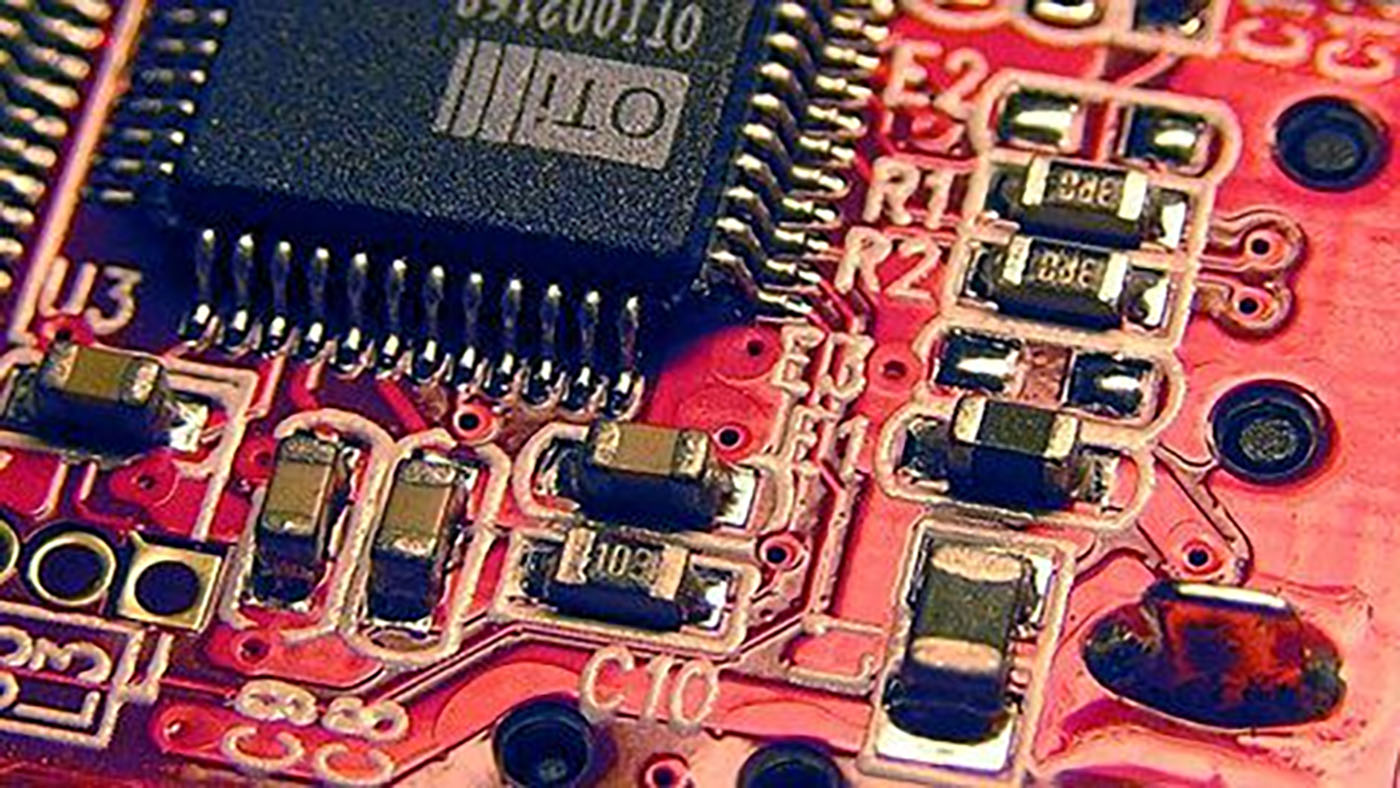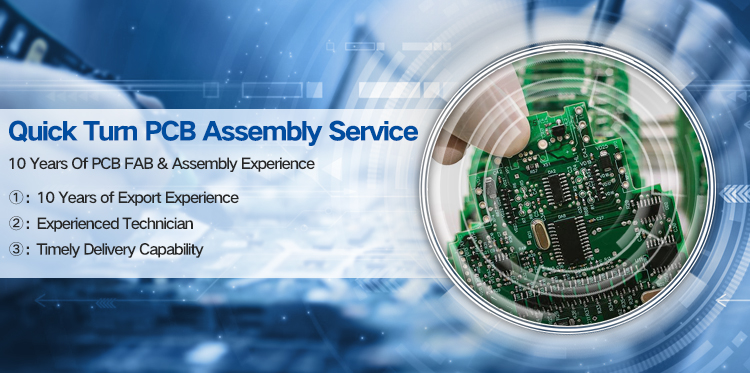For many small and medium-sized electronic product companies, outsourcing PCB patch processing is a normal thing. But generally speaking, most outsourced manufacturing plants will not do everything for you, or they can’t replace customers to improve some things, such as board and product adaptability, design rationality, part adaptability, etc.
If the procurement or engineers of the enterprise can do the following 8 things well before throwing the needs and production materials to the PCB patch processing factory, most of the problems encountered in the later production and manufacturing can be avoided.
1. Find the best PCB size for your design
For PCB manufacturing, small boards generally mean low cost, but the design may require more internal layers, which will increase your costs. Larger boards will be easier to layout and won't require additional signal layers, but will be more expensive to manufacture. First, you should consider how to calculate the most suitable size without losing features.
2. Specify the size of the component
Outsourcing PCB patch processing.jpg
For passive components, the standard size of 0603 may be the best choice for the lowest cost, which is also a common size and is conducive to SMT assembly. 0603 devices are also relatively easy to move and service, and don't become an obstacle like ultra-miniature devices.
While Pinho can process 01005-sized devices, not all assemblers can do it, and subminiature parts are not essential.
3. Check for obsolete or very new parts
Obsolete components are obviously obsolete, that won't stop you from making a PCBA, but it will get stuck in the assembly process. Today, however, some new parts are only available in ultra-miniature wafer BGA or small QFN sizes. Take a look at your PCBA design and make sure you've replaced any obsolete parts with better new ones.
Another note is to be mindful of the MLCCs you use, they now require a long buy cycle.
Now we provide customers with forward-looking BOM analysis, contact us to learn how it can help you avoid risks and reduce budget to the greatest extent.
4. Consider alternatives
Alternatives are always a good idea, especially if you already use some single-source components. Single sourcing means you lose control over prices and delivery times, alternatives will help you avoid that.
5. Don't forget to dissipate heat when making printed circuit boards
Very large parts and very small parts can cause problems. The larger part acts a bit like a heat sink and can damage the smaller part. The same can happen if the inner copper foil overlaps on one half of a small section but not the other half.
6. Make sure the part number and polarity markings are legible
Make sure it's clear which silkscreen goes with which part, and that the polarity markings are not ambiguous. Pay special attention to LED components because manufacturers sometimes swap polarity markings between anode and cathode. Also, keep the markers away from the vias or any pads.
7. Check the version of the file
There will be many interim versions of the PCB design or BOM, just make sure the ones you send us for PCB fabrication are the final revisions.
8. If certain parts will be supplied
Please ensure you have labeled and packaged them properly, including the quantity and corresponding part number. The detailed information provided will help manufacturers to complete the fabrication and assembly of printed circuit boards faster.
Post time: Mar-29-2023



